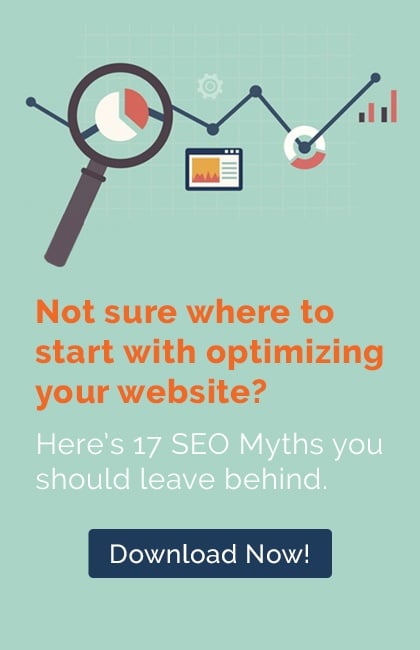
5 Noteworthy User Generated Content Examples & Benefits
Content marketing is an essential component of any successful online marketing strategy. The success of your content marketing depends on a variety of factors. Your content has to be relevant, informative, and of high quality. However, it also has to be varied. Creating content takes a lot of effort and it can sometimes be a challenge to create content that’s both new and exciting. One type of content that you should focus on is user generated content. User generated content adds to your content’s variety and provides benefits. Before going into some user generated content examples, it’s important that you understand what those benefits are.
The Benefits of User Generated Content
The following are a few ways in which user generated content can benefit your marketing strategy:
- Free content – Constantly creating new content is a challenge for any business. However, user generated content does it for you for free. For example, asking your audience to submit creative content such as artwork or stories relevant to your brand creates a positive experience for both parties. Also, free content can boost your SEO and your social media reach.
- Build brand trust – Consumers are naturally skeptical about anything that businesses have to say to them. It’s why they tend to trust the word of other consumers more. User-generated content, such as brand hashtags, gives users the opportunity to share their positive feedback about your company in a more authentic form. The content comes from the consumer’s point of view, which means that they’ll be more likely to trust it.
- Engage customers – Allowing your customers to create content for your brand is a great way to get them involved. Brand engagement lets customers participate directly in your marketing efforts, which also boosts brand loyalty. Engagement helps customers feel like they’re communicating with real people, rather than just a business.
Learn more about content creation from Stevens & Tate: How To Create Content For Each Sale Funnel Stage
5 User Generated Content Examples
Now that you know the benefits of user generated content, take a look at some examples of brands putting it into action:
-
T-Mobile
T-Mobile attempted to steal customers away from its competitors by offering to pay for the early termination fees charged by carriers for any customers who switched over. In addition to being a stellar unique selling proposition, it was accompanied by an excellent marketing strategy that focused on user generated content. They invited customers of other carriers to submit break-up letters that highlighted why they were leaving their existing carriers for T-Mobile. Not only were many of these letters hilarious, they also highlighted the weaknesses of their competition. Over 113,000 letters were written, resulting in close to 70 million social impressions.
-
Warby-Parker
Roughly five years ago, Warby-Parker launched a campaign in which customers were allowed to request five pairs of glasses online to try on at home. This allowed them to try the glasses, pay for the pair they liked most and send the others back. It was an effective way to promote their online store. Additionally, they encouraged participants to post photographs on line of them trying on the glasses. Customers then gave and obtained feedback from each other, thereby driving engagement between customers and their brand.

-
GoPro
GoPro uniquely allows users to capture incredible footage using small cameras that can be strapped to their heads. To highlight the GoPro’s capabilities, GoPro used the footage that their customers filmed using their products as part of their marketing campaign. It was such a successful endeavor that you can now find over 40 million results for the word “GoPro” on YouTube, and GoPro itself has almost 8 million YouTube subscribers.
-
Adobe
This popular design software company ran a campaign not long ago called the Art Maker Series. During the campaign, they asked their users to share the work they did using Adobe products. Adobe used this content to promote their software. The campaign was incredibly effective as it allowed Adobe to show off their software capabilities while providing exposure to talented designers.
-
Starbucks
Starbucks ran a similar campaign to Adobe in terms of highlighting the creativity of their customers. They did this by running a Twitter contest called #WhiteCupContest. The contest encouraged participants to draw on their white coffee cups and submit them. Starbucks used the winning cup as a limited edition reusable cup design. They received over 4,000 submissions in just three weeks. It was so successful that Starbucks ran several similar contests after that.
User generated content is a great way to develop more content and help build your credibility with consumers. It also encourages consumers to participate, thereby building brand loyalty. Hopefully, these five user generated content examples inspired you to encourage your consumers to help create content for your brand.















